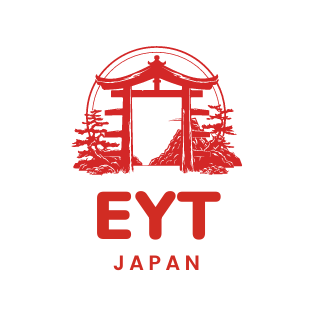Kasugayama Castle Ruins in Joetsu City, Niigata.Although there is no actual castle here anymore, this site once housed the historic Kasugayama Castle. So why visit a place without a castle? It’s because this location is closely tied to one of Japan’s most famous samurai warlords, Uesugi Kenshin. Standing here, you can imagine the view Kenshin might have looked upon in his time—it’s a place where you can feel the romance of history. If you’re a fan of Japan’s Sengoku (Warring States) period, this is definitely a spot worth visiting!
How to Get There
Address: Nakayashiki, Joetsu City, Niigata Prefecture
[Google Maps]
※Parking for those driving: [Google Maps]
Nearest Station: Kasugayama Station on the Echigo Tokimeki Railway (Myoko Haneuma Line)
From Kasugayama Station:
There are three ways to reach the site:
- Walking: About 40 minutes.
- By Bus: Take the Keikyu Bus to “Nakayashiki” stop, then walk about 20 minutes.
- By Bus: Take the Keikyu Bus to “Kasugayama-so-mae” stop, then walk about 15 minutes.
These routes will take you to the entrance of the Kasugayama Castle Ruins. From the entrance, it’s a 20 to 30-minute walk to reach the actual ruins. Comfortable walking shoes, like sneakers, are recommended.
From Tokyo:
Take the Hokuriku Shinkansen from Tokyo Station and get off at Joetsumyoko Station. The ride takes about 2 hours.
From Joetsumyoko Station, transfer to the Echigo Tokimeki Railway (Myoko Haneuma Line) and get off at Kasugayama Station. This takes around 10 minutes.
From Kasugayama Station:
- To the Nakayashiki Bus Stop: about 4 minutes by bus.
- To the Kasugayama-so-mae Bus Stop: about 7 minutes by bus.
Fare Breakdown (as of September 29, 2024):
- Tokyo Station to Joetsumyoko Station (Shinkansen reserved seat): ¥9,240
- Joetsumyoko Station to Kasugayama Station: ¥280
- Kasugayama Station to Nakayashiki (bus): ¥160
- Kasugayama Station to Kasugayama-so-mae (bus): ¥160
History of Kasugayama Castle
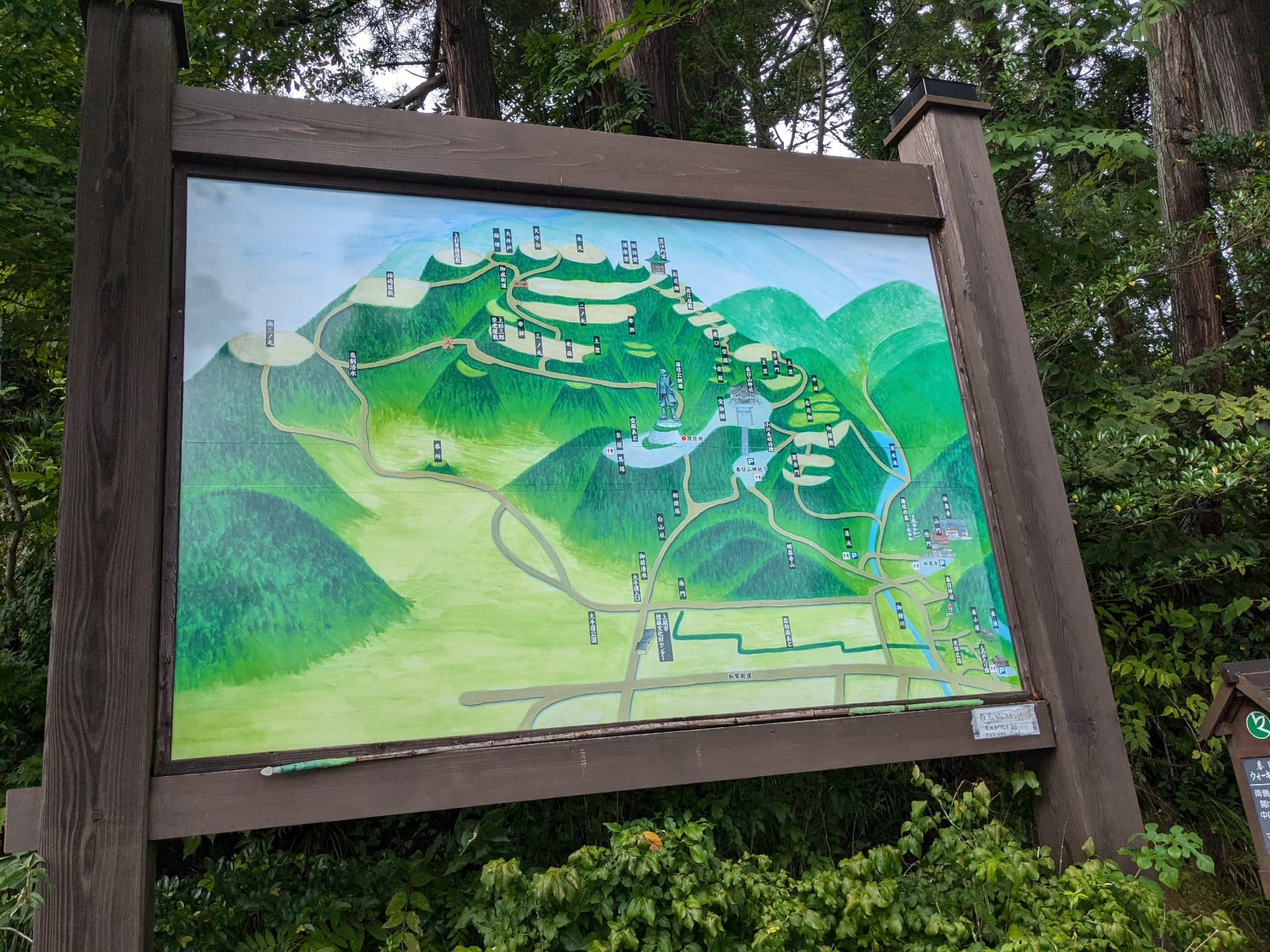
While the exact date of its construction is unclear, it is believed that Kasugayama Castle was built sometime between 1450 and 1500.
The castle’s most notable lords throughout history were Nagao Tamekage, Uesugi Kenshin, Uesugi Kagekatsu, and Hori Hideharu. Hori Hideharu eventually moved to a new castle, Fukushima Castle, near Naoetsu Port, and Kasugayama Castle was abandoned in 1607.
One of the most famous lords, Uesugi Kenshin, is a well-known figure in Japanese history, even taught in elementary school history classes. To give an idea of his fame, think of Cleopatra—a figure who is famous worldwide but especially well-known within Egypt. Similarly, Uesugi Kenshin is a figure that nearly everyone in Japan recognizes, making him a household name within the country.
The View from the Top of Kasugayama Castle Ruins
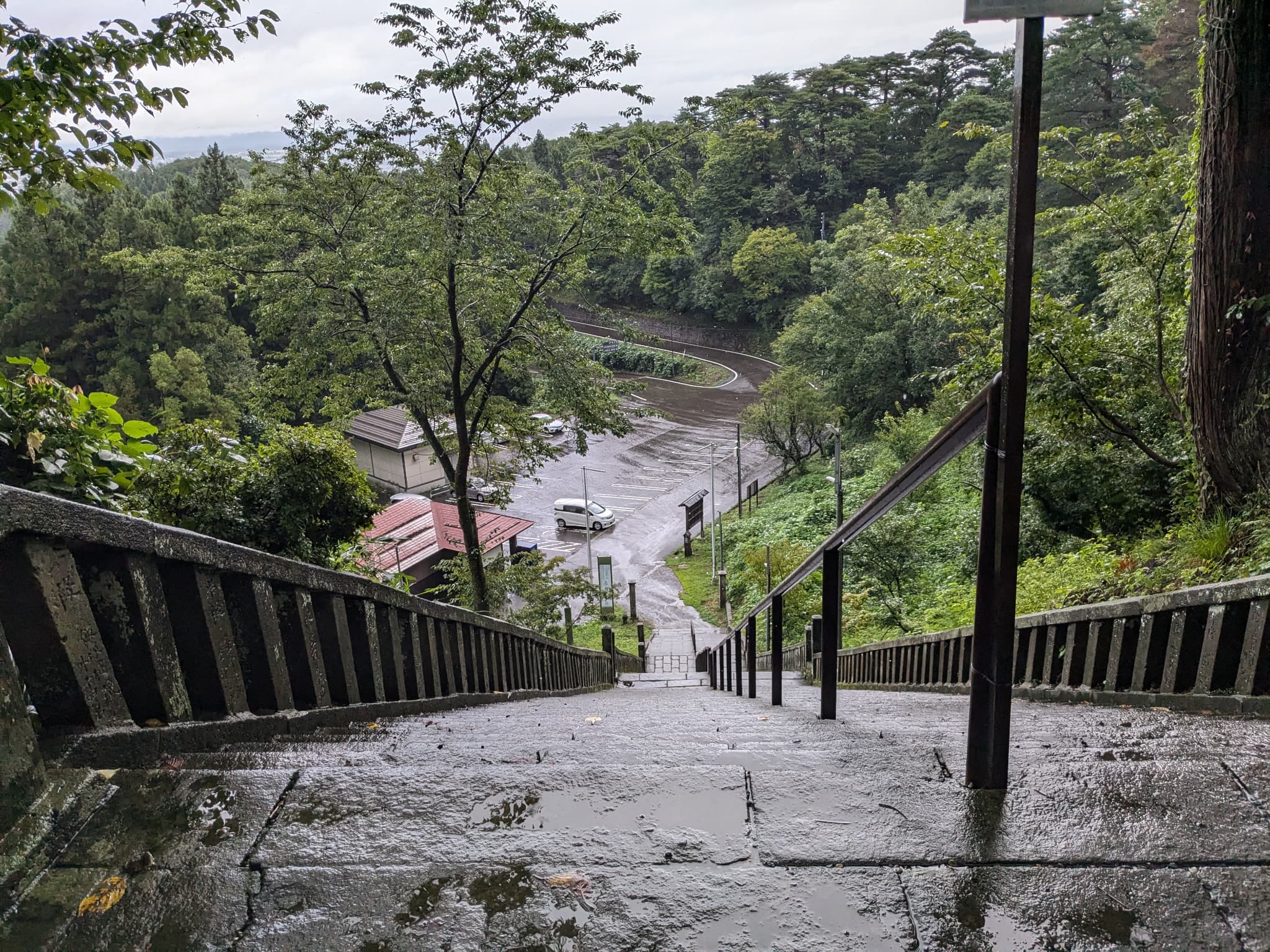

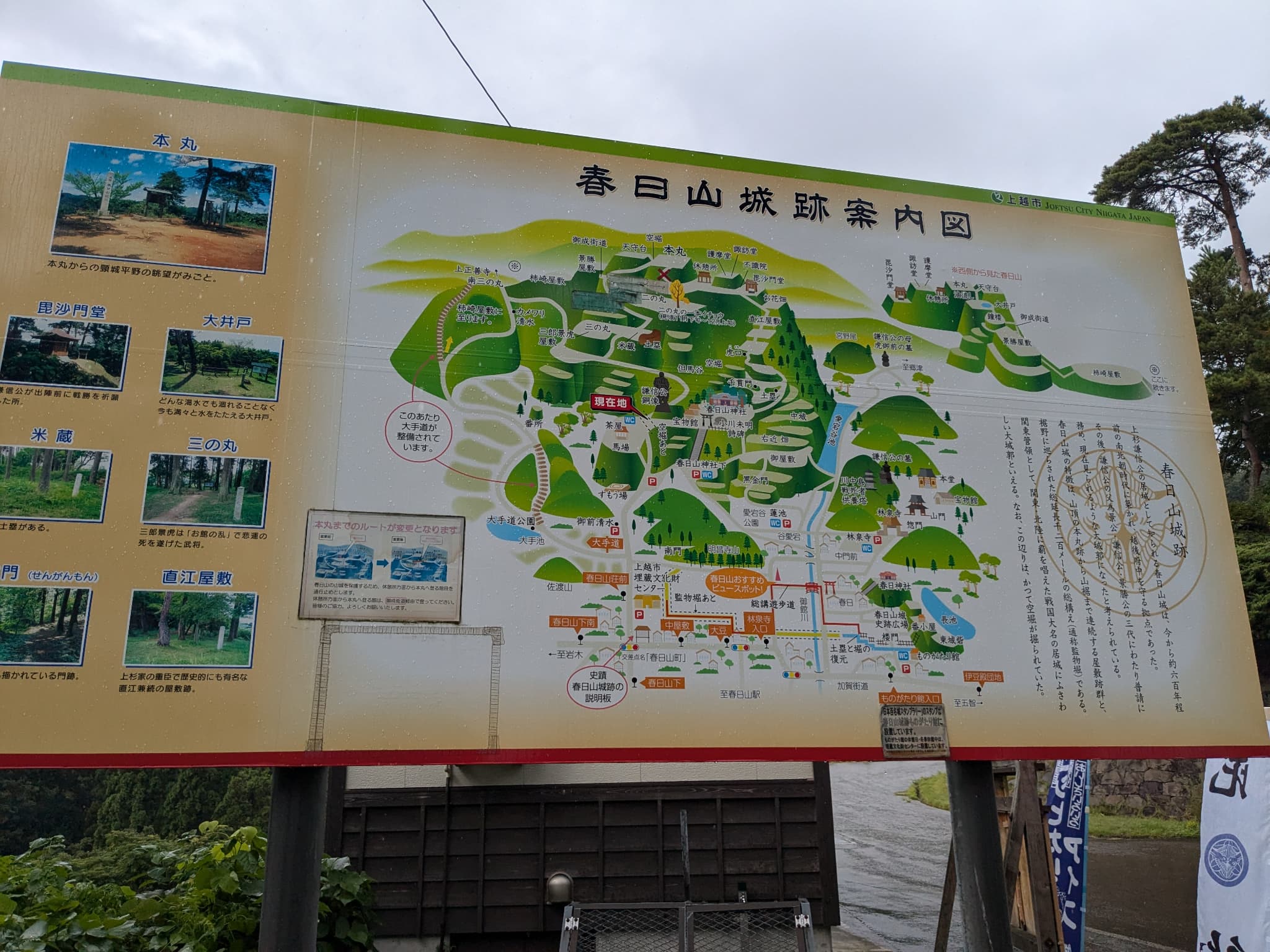
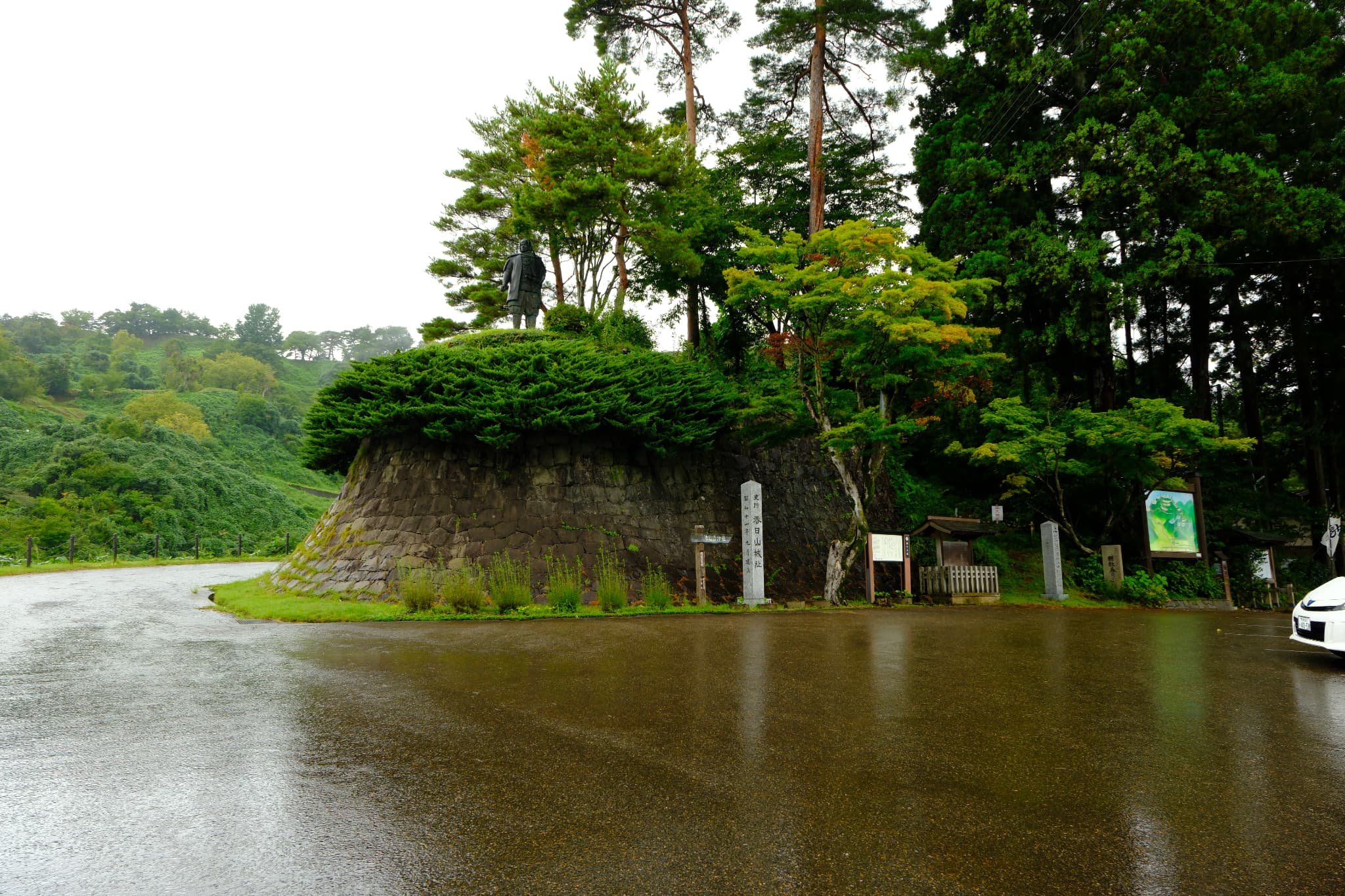
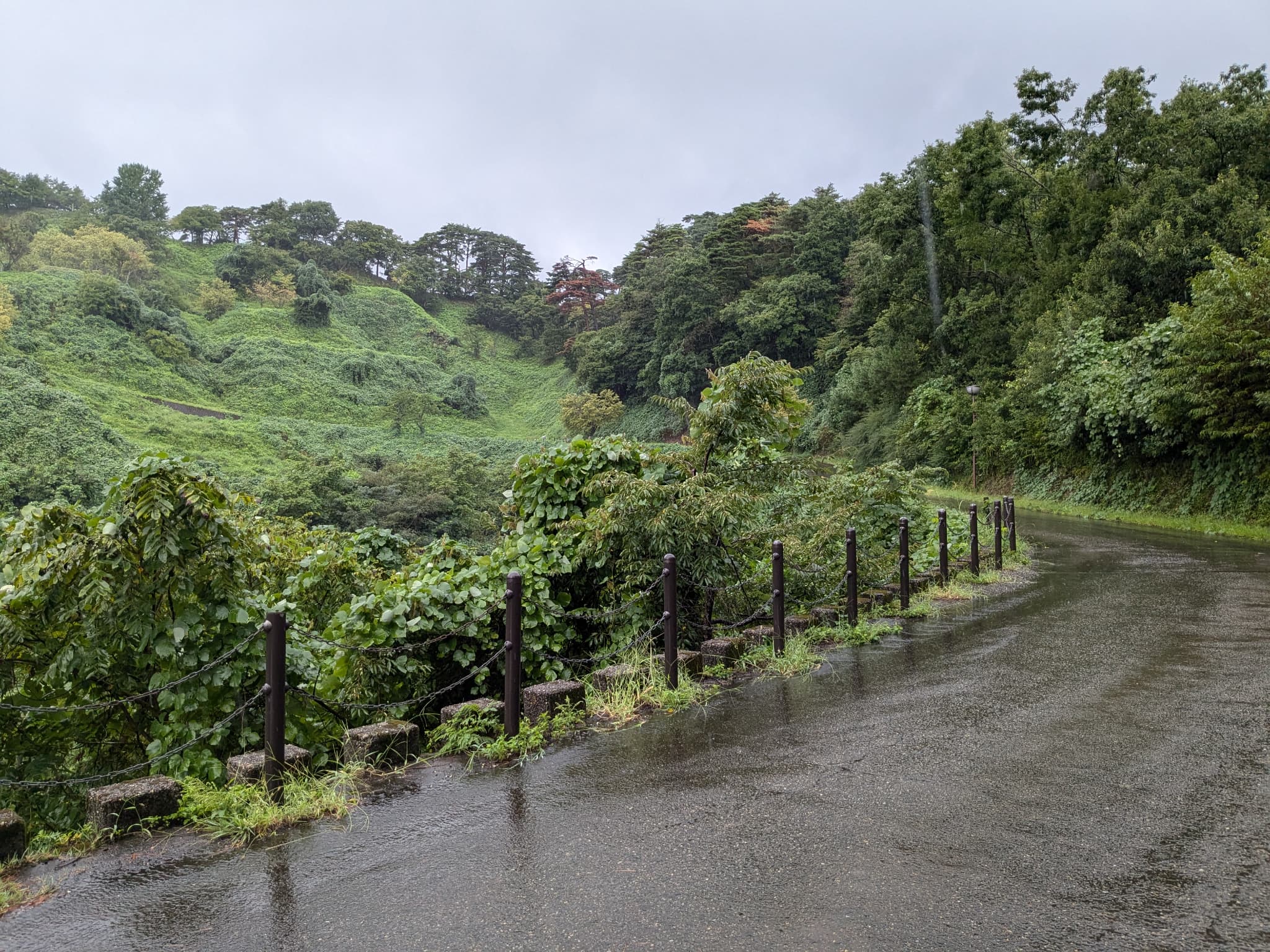
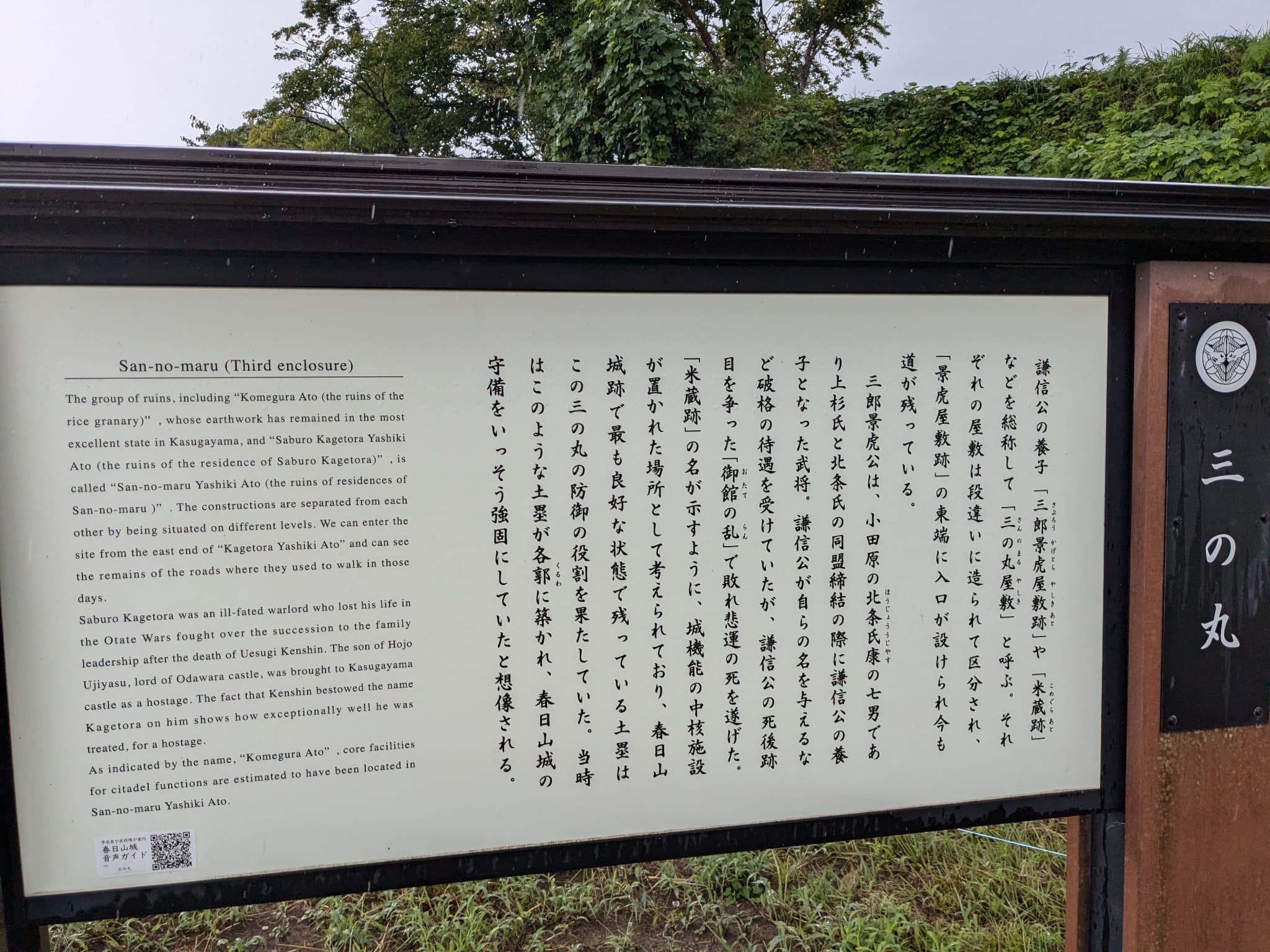
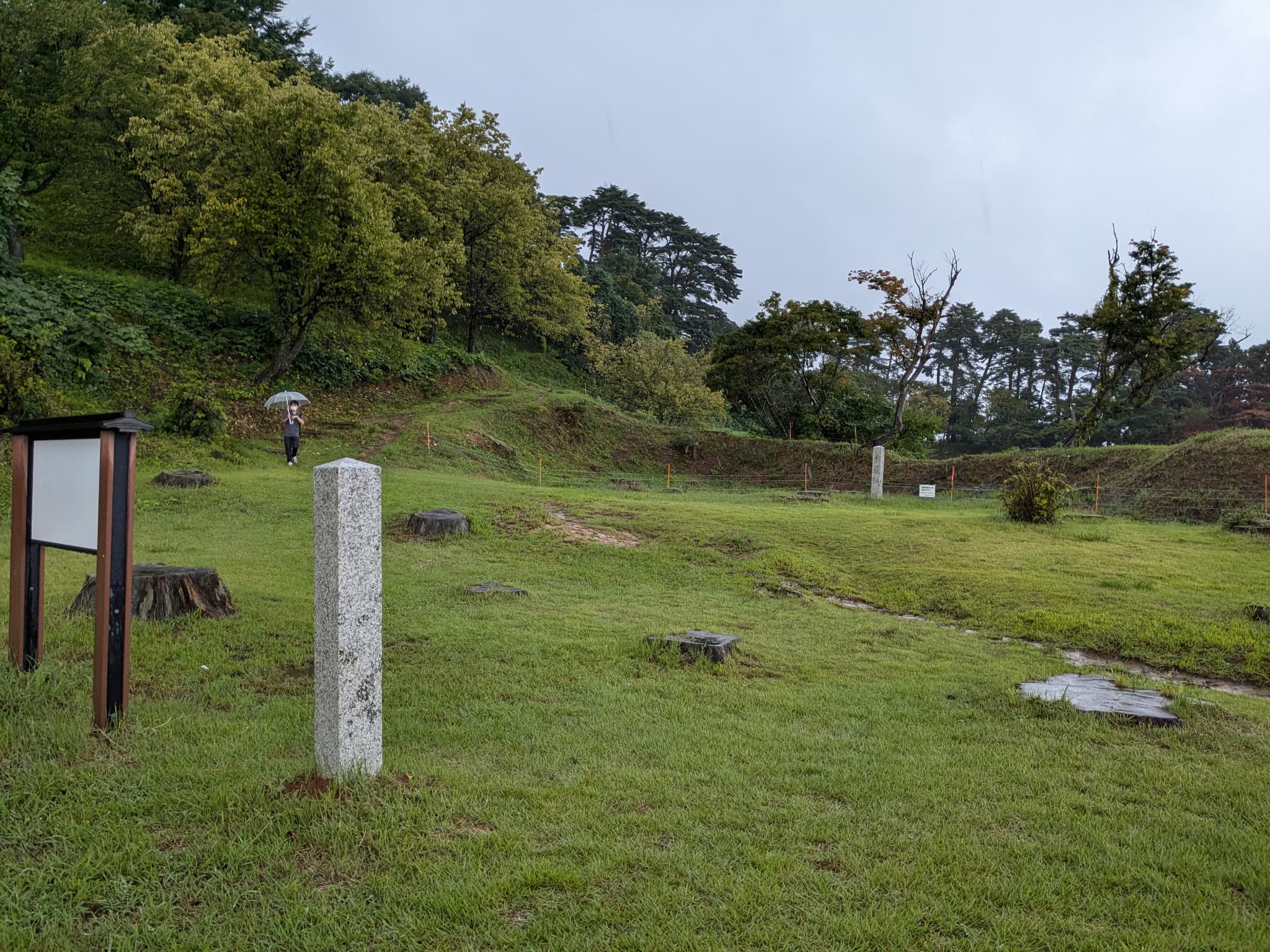
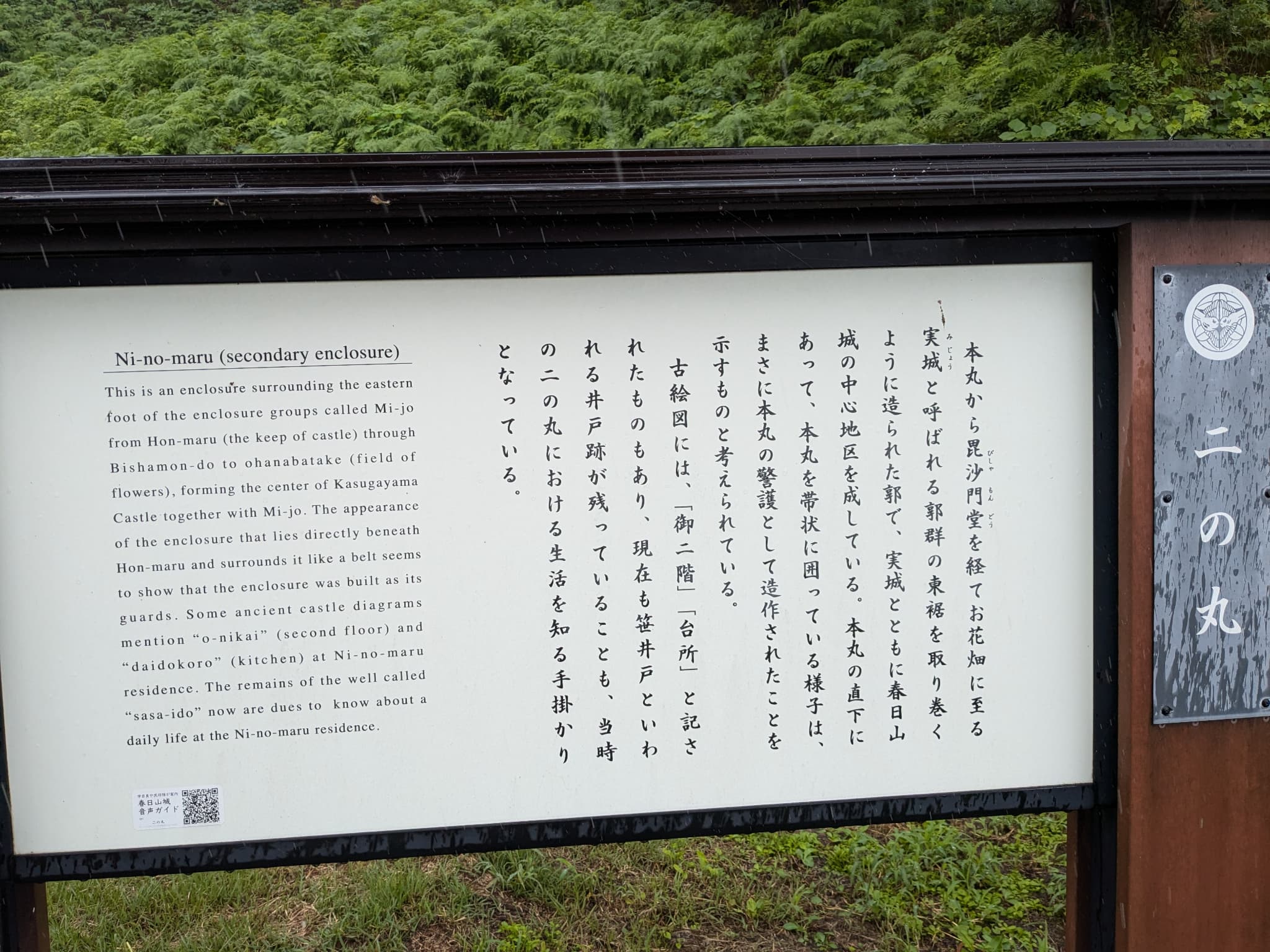
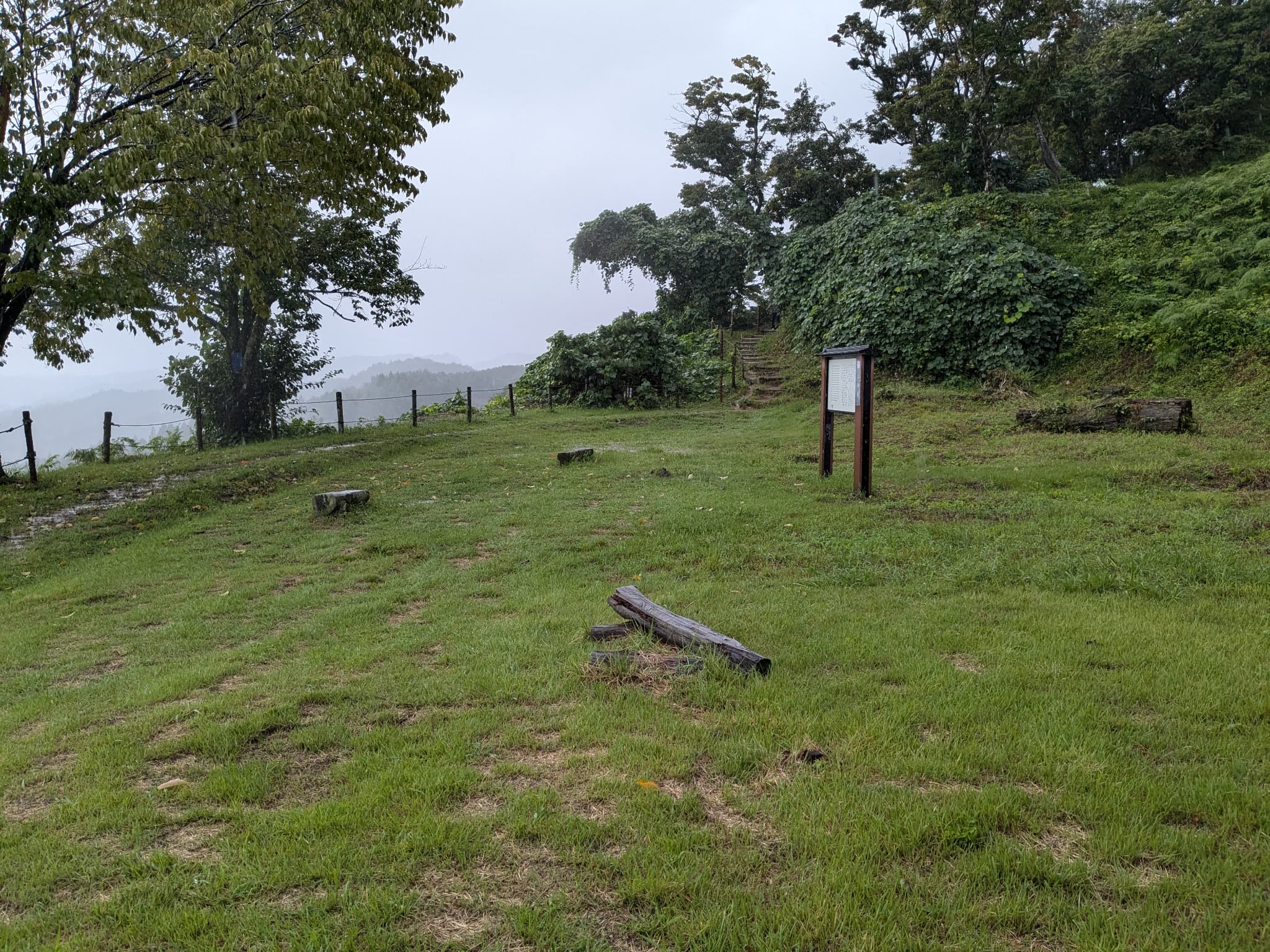

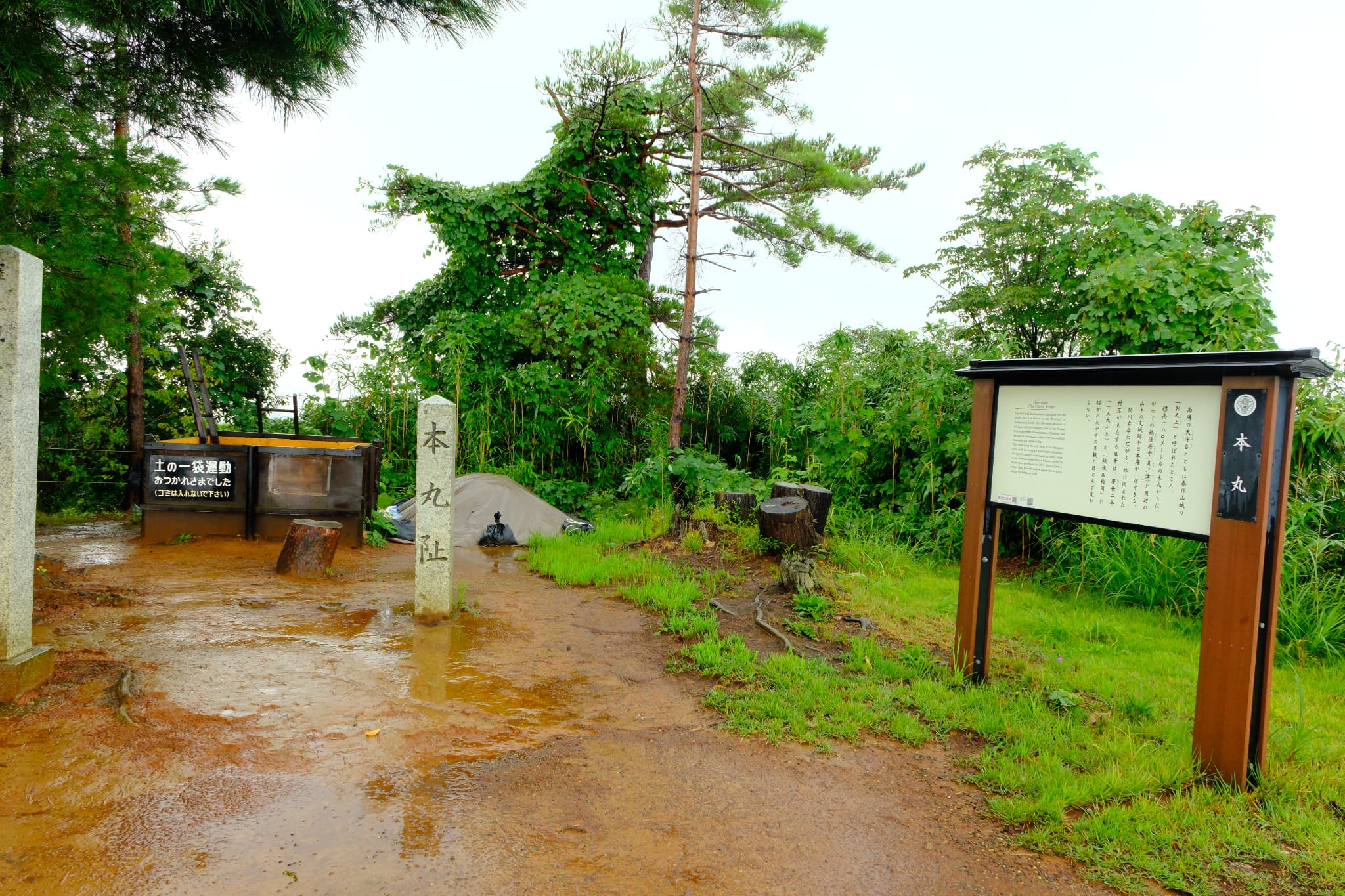
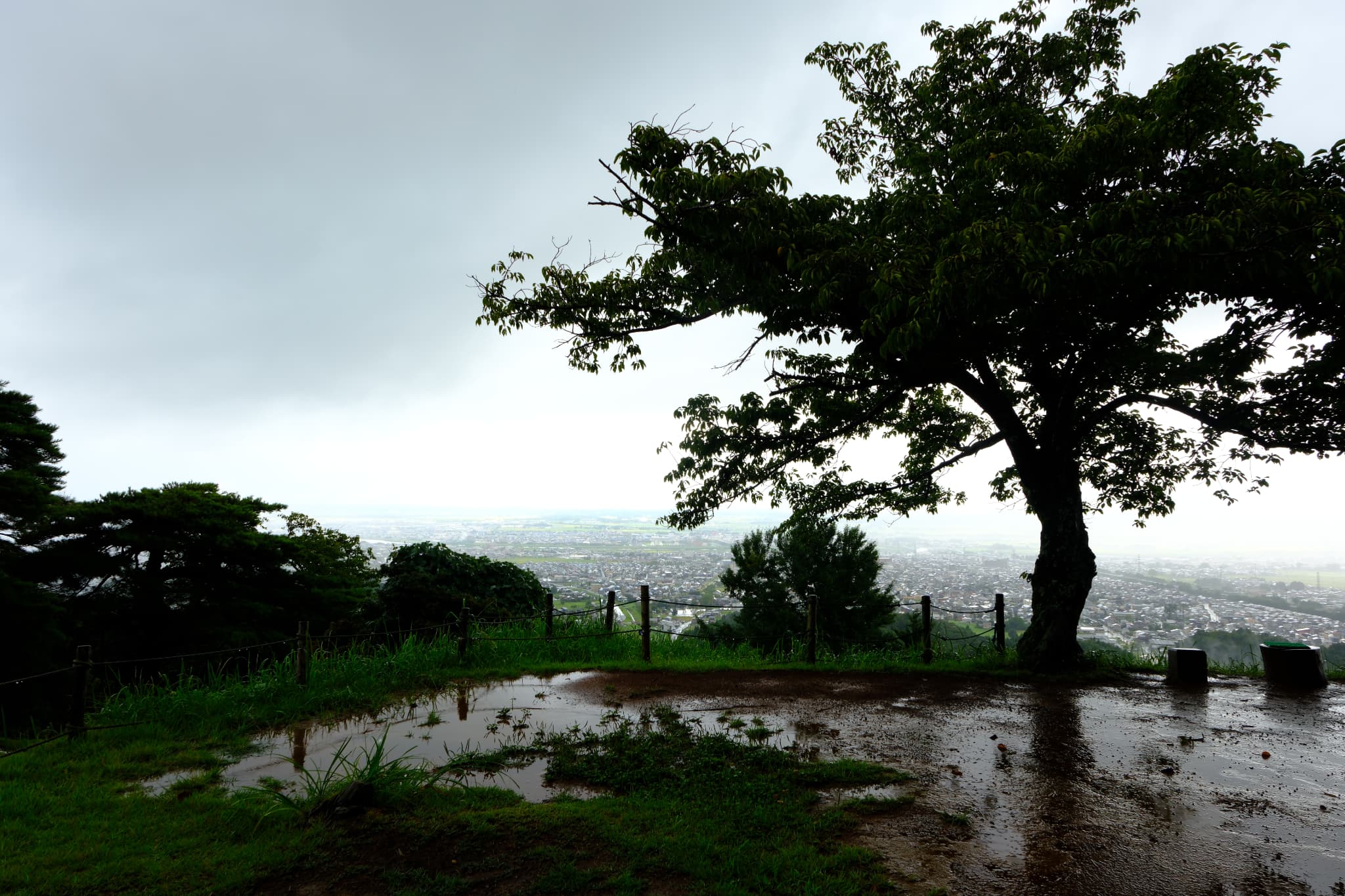
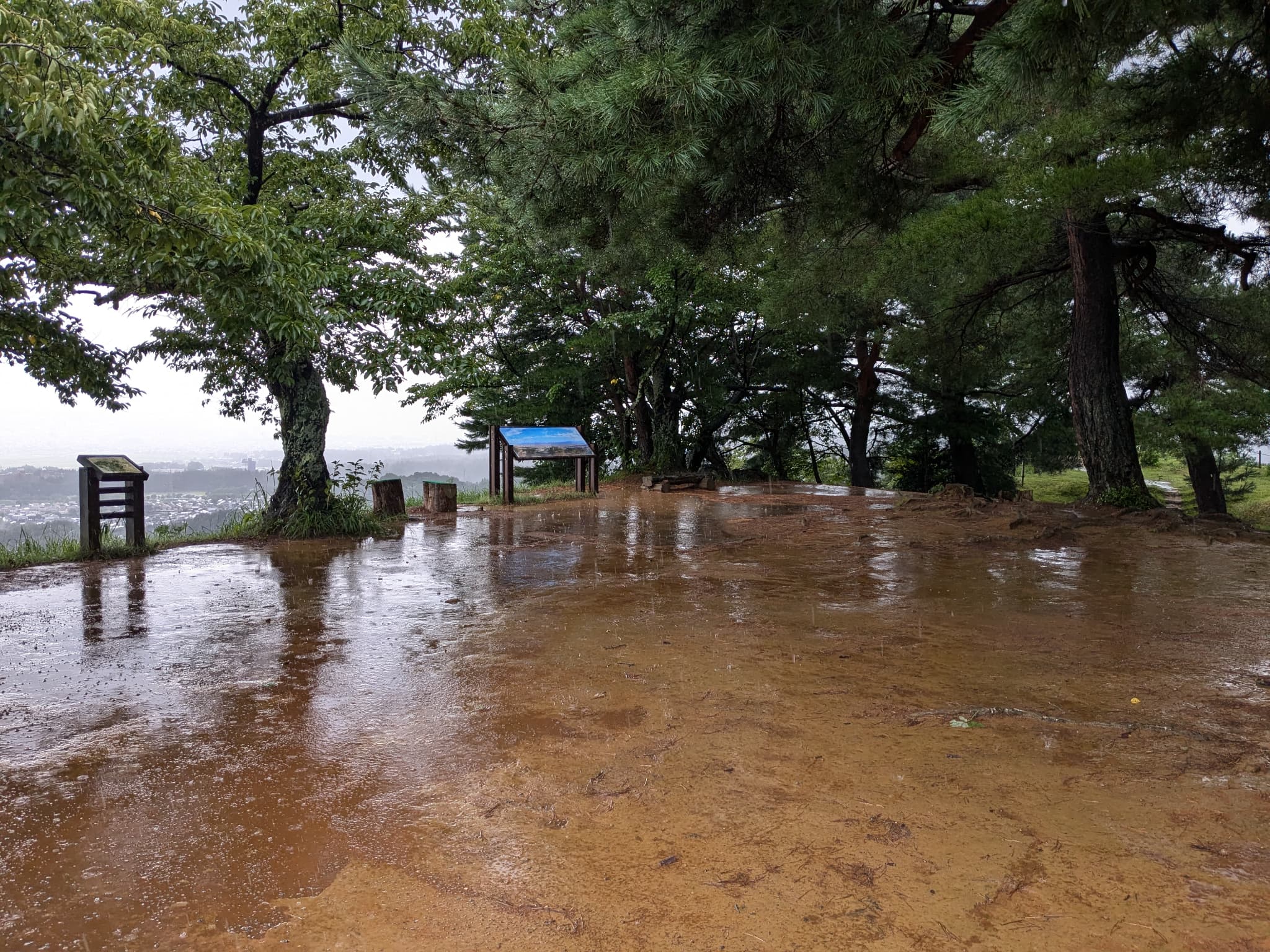
This is the view from the Honmaru. As you look out, you can immerse yourself in the romance of imagining that Uesugi Kenshin may have gazed upon this very scenery.
In contemporary Japanese youth slang, there’s a term called “emo-i.” This word comes from “emotional” and conveys a sense of being poignant, nostalgic, or deeply moving. You might hear young people using it during your travels. While it may not be the most grammatically correct expression in Japanese, every country has its own slang, so I thought I’d share it for your reference!
Kasugayama Shrine Adjacent to the Castle Ruins
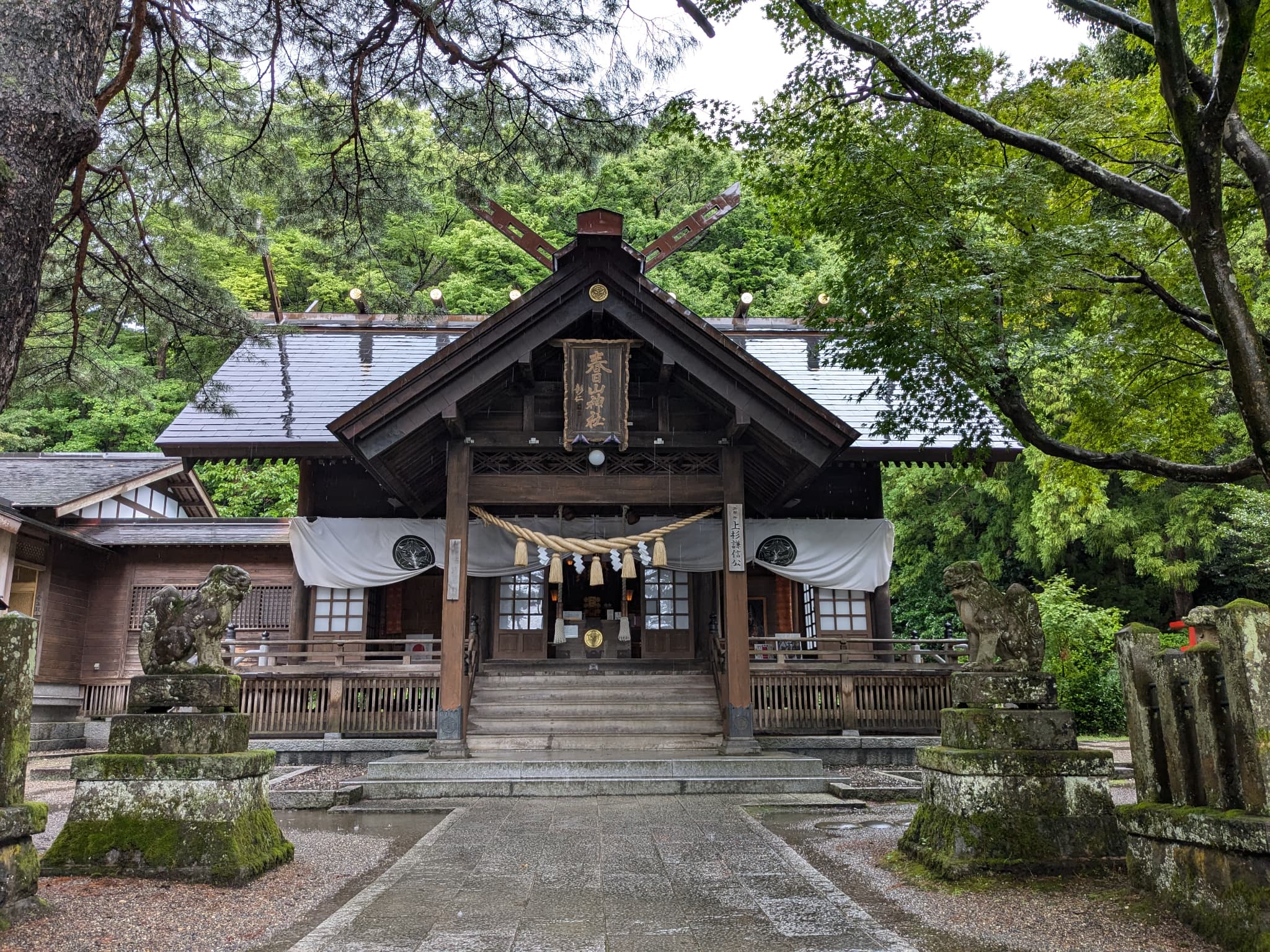
At the entrance to Kasugayama Castle Ruins, you will find Kasugayama Shrine, which was established in 1901. The shrine is dedicated to Uesugi Kenshin.
This shrine was built with funds raised by Sumiharu Ogawa, who was a practitioner of Shinto. (Shinto is the ancient Japanese belief system centered on the worship of the kami, or spirits, associated with nature and ancestors.)
Kasugayama Shrine was constructed as a branch of Uesugi Shrine in Yamagata Prefecture, which also enshrines Uesugi Kenshin. The term “branch” refers to the practice of dividing the divine spirit from a main shrine and enshrining it in a newly established shrine.
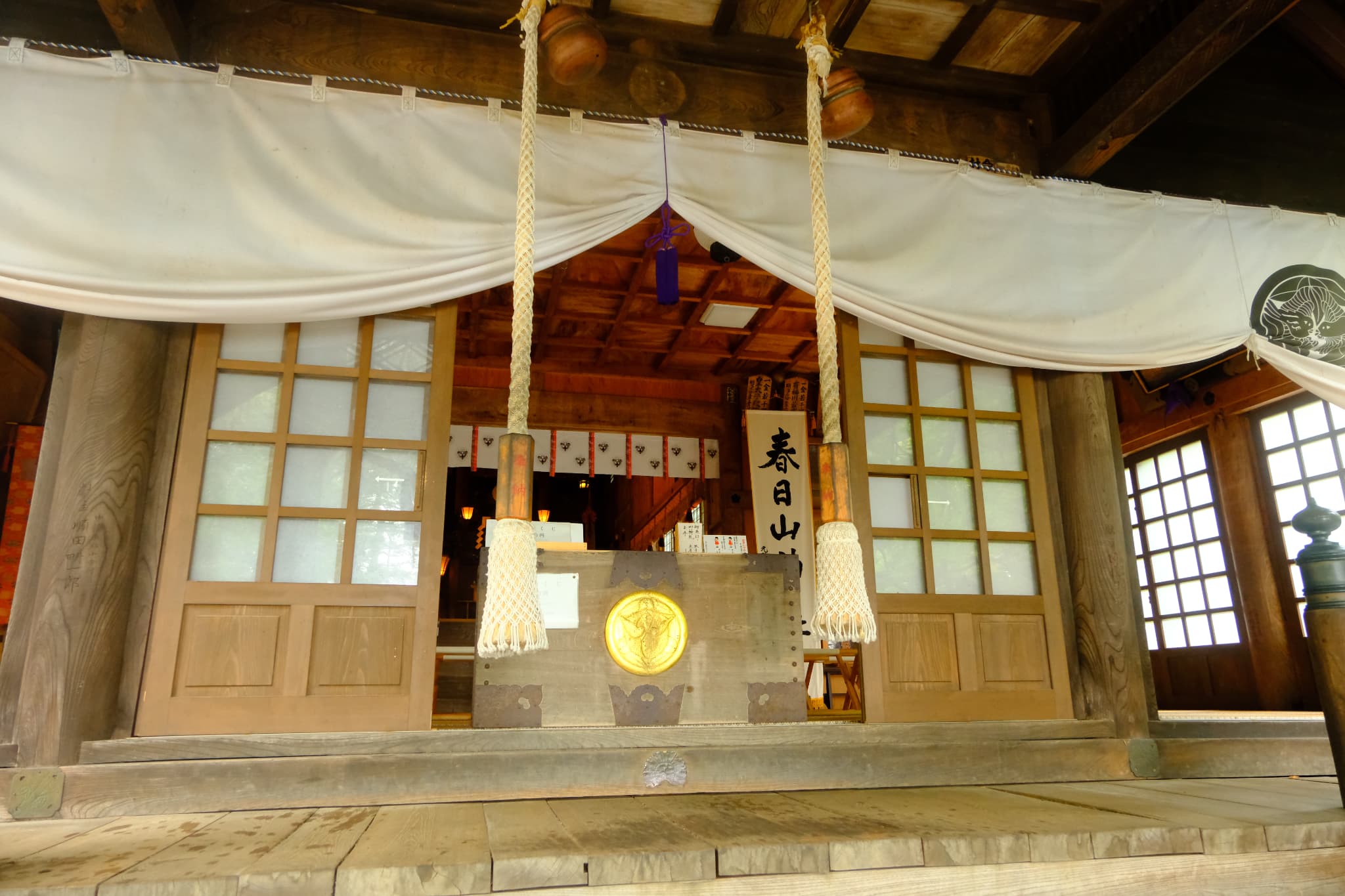
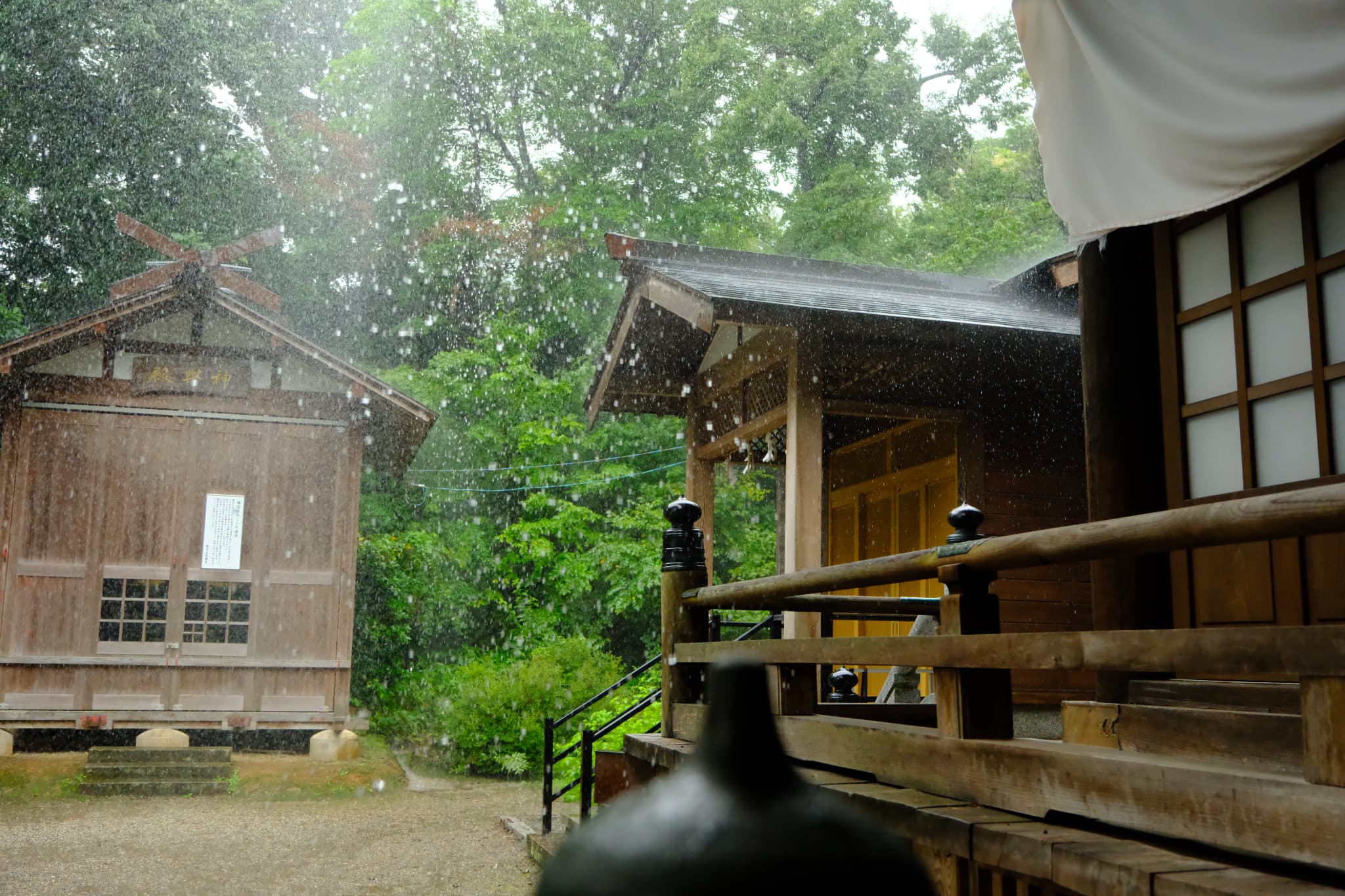

Note: This article is based on information as of September 21, 2024.
